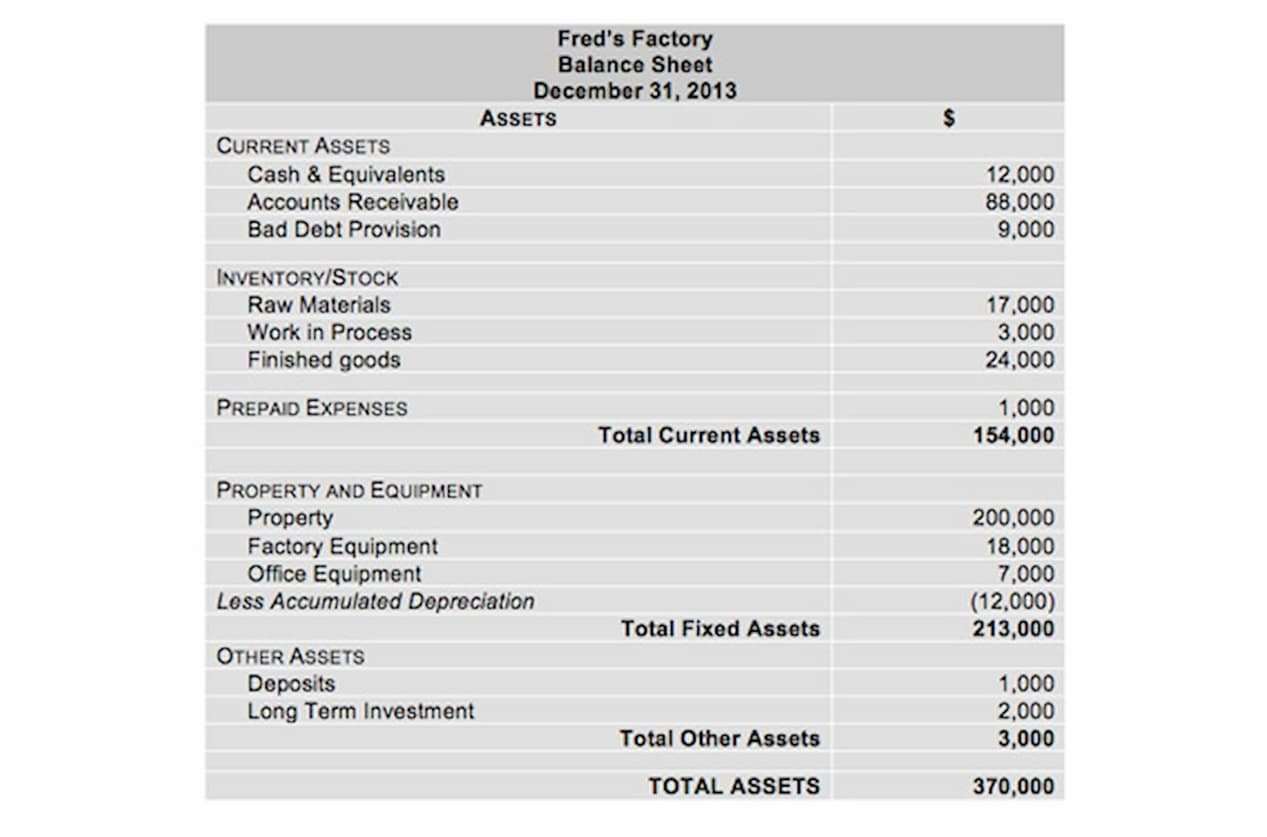
A contra asset is paired with an asset account to reduce the value of the account without changing the historical value of the asset. Examples of contra assets include Accumulated Depreciation and Allowance for Doubtful Accounts. Unlike an asset which has a normal debit balance, a contra asset has a normal credit balance because it works opposite of the main account. The discount on bonds payable amount shows the difference between the amount of cash received when issuing a bond and the value of the bond at maturity. The allowance method of accounting enables a company to determine the amount reasonable to be recorded in the contra account. When recording assets, the difference between the asset’s account balance and the contra account balance is the book value of the asset.
Contra Asset Journal Entry Accounting
This can help anyone viewing the financial information to find the historical cost of the asset. The accumulated depreciation amount shows how much depreciation expense has been charged against an asset. Contra equity is a general ledger account with a debit balance that reduces the normal credit balance of a standard equity account to present the net value of equity in a company’s financial statements.
- A contra asset account is not classified as an asset, since it does not represent long-term value, nor is it classified as a liability, since it does not represent a future obligation.
- The percentage of sales method assumes that the company cannot collect payment for a fixed percentage of goods or services that it has sold.
- The bond is listed on the balance sheet at the full amount of $1,000, but the cash received is just $950, so a contra liability for the discount is listed to make the entry balance.
- The account is normally a debit balance and in use is offset against the revenue account which is normally a credit balance.
- As a business owner, you’ll record these returns as contra revenue because they reduce the initial sales amount reported.
- For the purpose of financial statement reporting, the amount on a contra account is subtracted from its parent account gross balance to present the net balance.
Simplifying Contra Revenue: Definition, Types & Examples
For example, when you debit the balance in sales returns account, make sure that you offset the sales revenue account with a credit balance. In your financial statements, contra revenue accounts appear as deductions from gross sales to arrive at net sales. If your business makes $100,000 in gross sales, say, and has $5,000 in total contra revenues from returns, allowances, and discounts, your net sales would be reported as $95,000. Last, for contra revenue accounts there are sales discounts, sales allowances, or sales returns. These contra revenue accounts tend to have a debit balance and are used to calculate net sales.
Example #1: Revenue Contra Account

But these items don’t retain that initial value; if liquidated, they would likely be sold at a loss. In order to record this ongoing value drop, you would use a corresponding contra account — an Asset Depreciation account. A contra expense account is an account used to reduce the amount of an expense without changing the balance in the main expense account. Examples of contra expense accounts include Purchase Returns, Purchase Discounts, and Advertising Reimbursements. The allowance method of accounting allows a company to estimate what amount is reasonable to book into the contra account. The percentage of sales method assumes that the company cannot collect payment for a fixed percentage of goods or services that it has sold.

Accumulated Depreciation acts as a subaccount for tracking the ongoing depreciation of an asset. Each year of an asset’s life, another year of Depreciation Expense is recorded. The allowance for doubtful accounts contra revenue account is not specifically reported, but the 10(K) reported that the allowance is immaterial to the amount. This make sense because Home Depot wouldn’t be carrying accounts receivable with long payment terms.
Revenue is an income statement account, but it flows through to the equity section of retained earnings as well. Any products that are sold at a discount or returns are deducted from gross revenue to produce net revenue as the top line on the income statement. Allowance for doubtful accounts is netted from the accounts receivable balance. The company predicts which accounts receivable won’t be paid by customers and writes those off. When the account receivable is written off, it is added to bad debt expense on the income statement and placed in the contra account.
- A doubtful debts contra account allows for future write-offs of accounts receivable.
- Therefore, for these three, the debit balance actually represents a negative amount.
- Given that liabilities have a credit balance, ensure that all your contra liabilities accounts have debit balances.
- The purpose of the Owner’s Withdrawal account is to track the amounts taken out of the business without impacting the balance of the original equity account.
- In other words, contra revenue is a deduction from gross revenue, which results in net revenue.
Understanding a Contra Account

Unlike regular expenses such as rent or salaries, which are the costs of operating your business, contra revenue is directly subtracted from sales revenue on your financial statements. This distinction is crucial because it affects how you analyze your business’s revenue performance and profitability. A debit will be made to the bad debt expense for $4,000 to balance the journal entry. Although the accounts receivable is not due in September, the company still has to report credit losses of $4,000 as bad debts expense in its income statement for the month. If accounts receivable is $40,000 and allowance for doubtful accounts is $4,000, the net book value reported on the balance sheet will be $36,000.
If we record depreciation expense in the cost accounts directly, we will lose key information about the original cost of the assets and accumulated depreciation. To avoid this loss of important data, we record actual cost and depreciation in separate ledger accounts. For example, a bond with a principal amount of $1,000 may be sold for only $950. The bond is listed on the balance sheet at the full amount of $1,000, but the cash received is just $950, so a contra liability for the discount is listed to make the entry balance. To manage contra revenue effectively, focus on strategies that minimize these occurrences and enhance profitability.

